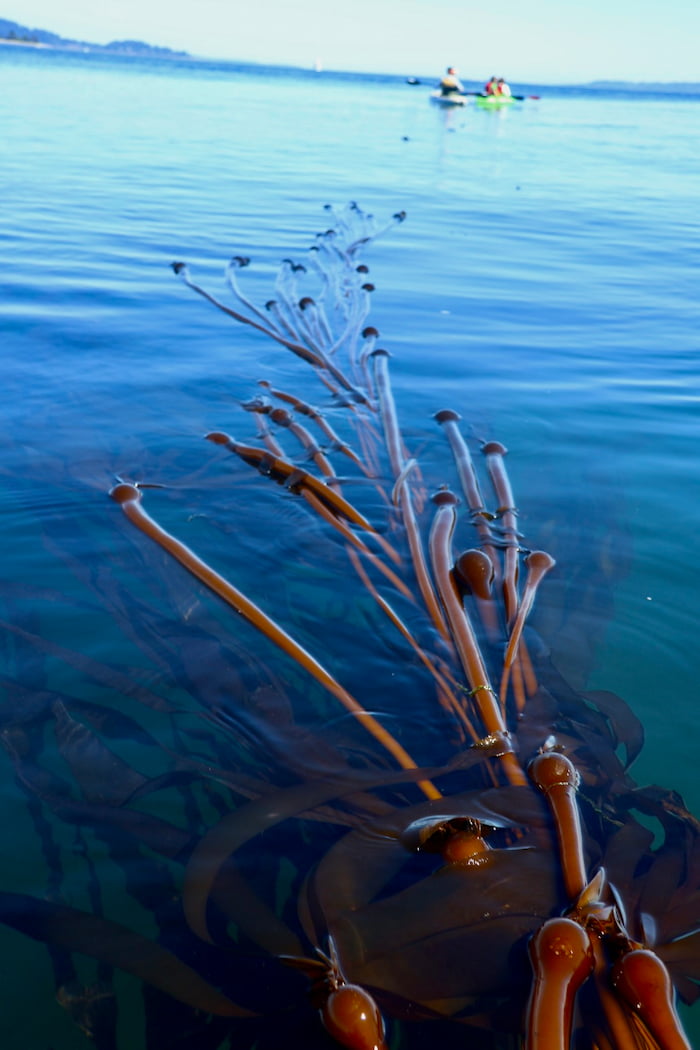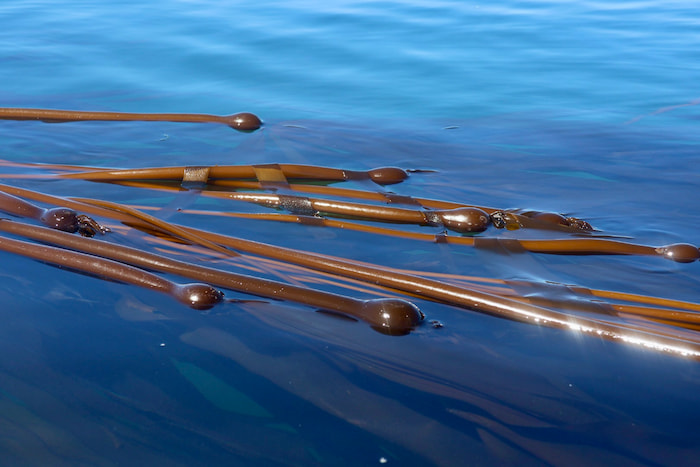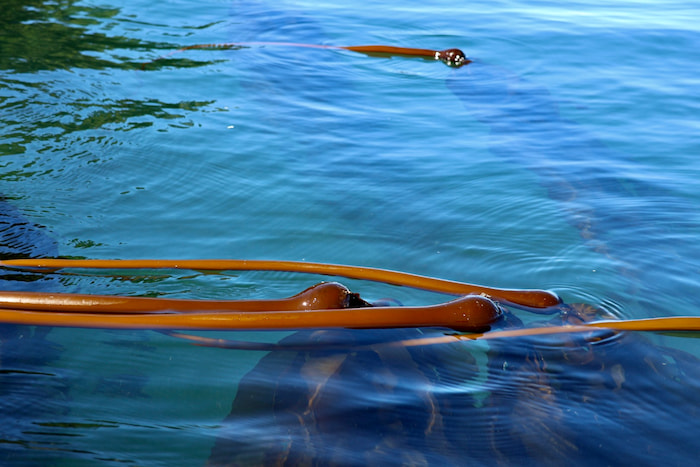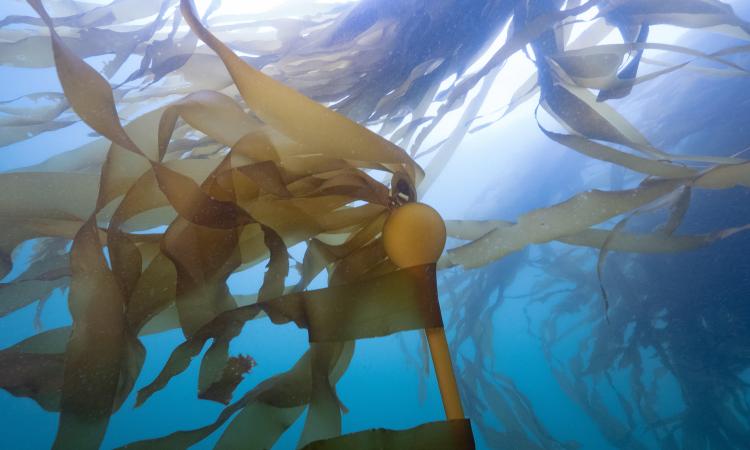Upon first glance, a piece of bullwhip kelp (also known as bull kelp and Nereocystis lutkeana) looks rather alien. Smooth and tubular, it extends from the bottom of the seafloor to the surface with floating, leaf-like blades. In large groups, these aquatic plants comprise kelp forests, which, from the benthos, can actually look remarkably similar to terrestrial woods. This majestic organism is unfortunately on the decline. A 2017 study measured a 63% decrease in bull kelp extent within the South Puget Sound, compared to the earliest baseline in 1878. While this has been attributed to several causes, recent research found that temperature increases can hinder bull kelp’s ability to reproduce.
Key Considerations
- Bull Kelp Decline: Bull kelp populations in Puget Sound have declined by 63% due to rising ocean temperatures.
- Temperature Sensitivity: Kelp struggles to reproduce in waters above 16-18°C, threatening survival.
- Community Action: Mike Kollins's Vashon Kelp Forest project aims to restore kelp forests around Vashon Island.
- Environmental Benefits: Bull kelp supports marine biodiversity and sequesters carbon, contributing to climate change mitigation.
- Sustainable Products: The project also explores using kelp for eco-friendly, nutritious products, connecting conservation with sustainable living.

To better understand kelp forests’ susceptibility to a warming ocean, marine ecologist Brooke Weigel conducted an experiment at the University of Washington’s Friday Harbor Labs in the Puget Sound. Kelp has two distinct life stages: sporophytes (adults) and gametophytes (microscopic early stage). Weigel and her team cultured gametophytes in the lab with exposure to different temperatures. The gametophytes did not survive in temperatures greater than 18°C and did not successfully grow into juvenile kelp above 16°C (read Weigel’s study here). Weigel says, “We also tracked seawater bottom temperatures at the same sites in the Salish Sea to understand when and where the environment may exceed the thermal tolerance limits for bull kelp growth and reproduction, and we found that a few sites are reaching 16-18°C in the summer. It is clear that these warming temperatures have a negative impact on the survival of microscopic kelp, but we need to do more research in order to determine exactly how long they can survive at elevated temperatures.”

If kelp is struggling to reproduce, then planting new kelp might provide a solution. The team behind the Vashon Kelp Forest plans to do something about it. Leading the charge is founder Mike Kollins, who holds extensive experience in the non-profit world and a concern for the sea. Previously, Kollins worked as the COO of myAgro, CPO at Splash International, and COO of PATH and World Bicycle Relief. Now, he is directing his efforts at restoring bull kelp to the Puget Sound. “It seemed like there might really be a business model where we can have a self-sustaining social business with real environmental impact,” Kollins says.
The Vashon Kelp Forest project has worked with key stakeholders in Puget Sound, including local Tribes, environmental science centers such as Puget Sound Restoration Fund, and research institutions like Seattle University. A hurdle along the way, however, was passing the idea through regulators. “This is something new to Washington state,” Kollins explains. “It happens in Maine, British Columbia, and Alaska, but it doesn't happen here, so they had lots of questions. King County doesn't do much aquaculture compared to other counties that are more marine-focused.” Though time-consuming, the process went smoothly overall. After much hard work and collaboration, the team hopes to have the Department of Natural Resources lease in place in late 2024, with equipment in the water by the first quarter of 2025. If all goes as planned, this timing will allow their first crop of bull kelp in the first half of 2025.

The project aims to both restore the kelp forest around Vashon Island and harvest bull kelp to produce eco-friendly products, particularly food. Seaweed contains nutritional and bioactive compounds and has potential therapeutic applications for disease prevention (read more here). While further work is needed better to understand bull kelp’s benefits to human health, preliminary research has found it to be a low-fat food source, relatively high in protein, and very high in the minerals potassium, sodium, iodine, and magnesium. Furthermore, marine primary producers like kelp can sequester carbon, a potentially valuable tool in the fight against climate change.
The Vashon Kelp Forest offers not only a promise of hope for declining marine species and a fight against climate change but also a reminder that environmental progress can start at the community level. Check out their website to stay tuned for the advancement of this exciting project.
Key photo taken by Steve Peletz. All other images were taken by Mike Kollins.


